Astronomy
Aeon Essays and Videos on Astronomy
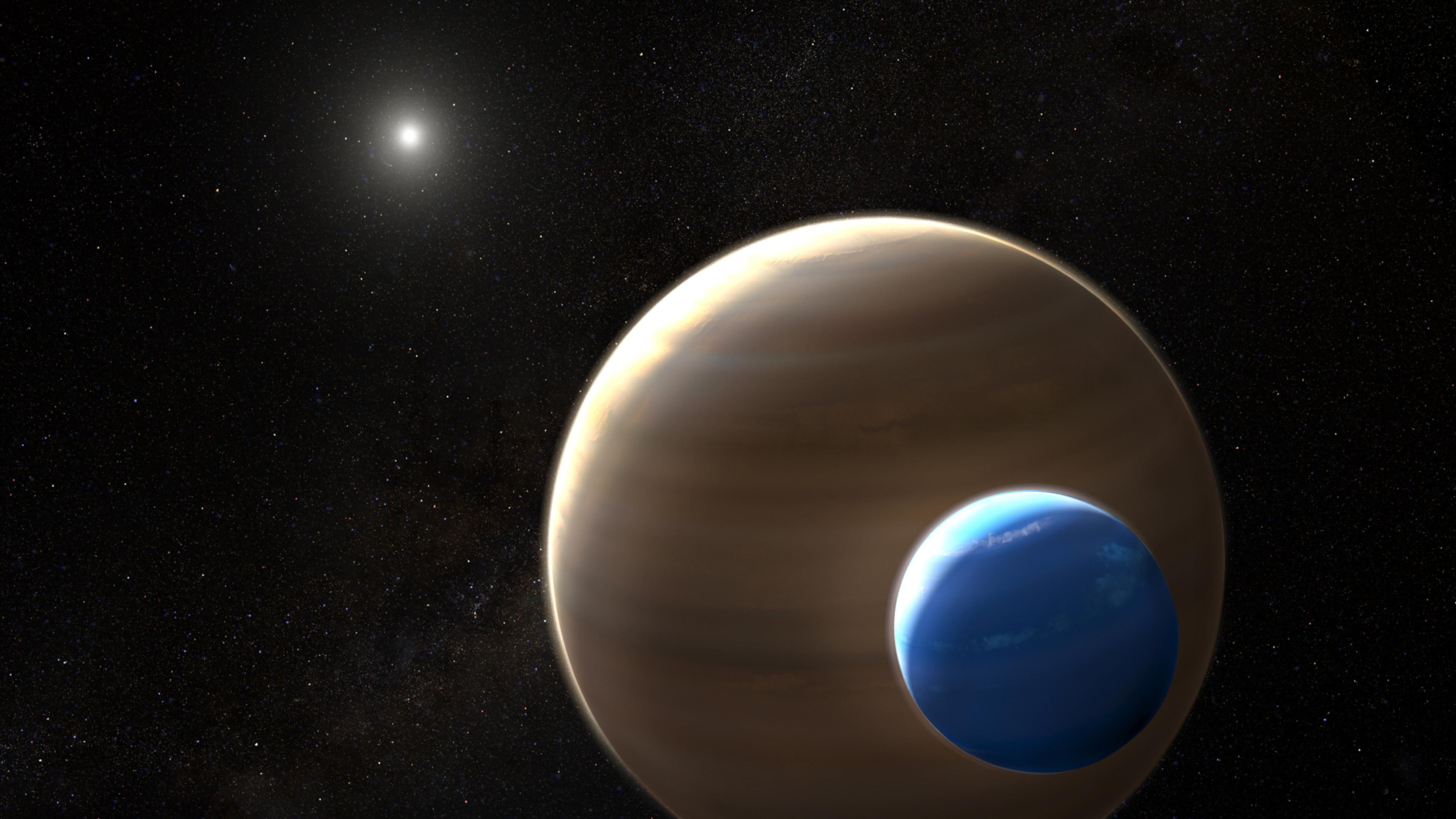
videoAstronomy
Why exomoons could be astronomy’s next big breakthrough
35 minutes

essayCosmology
Megastructures on Mars
Images of vast ‘canals’ rippling across the red planet inspired fears of alien ‘engineers’ and changed science forever
Dagomar Degroot
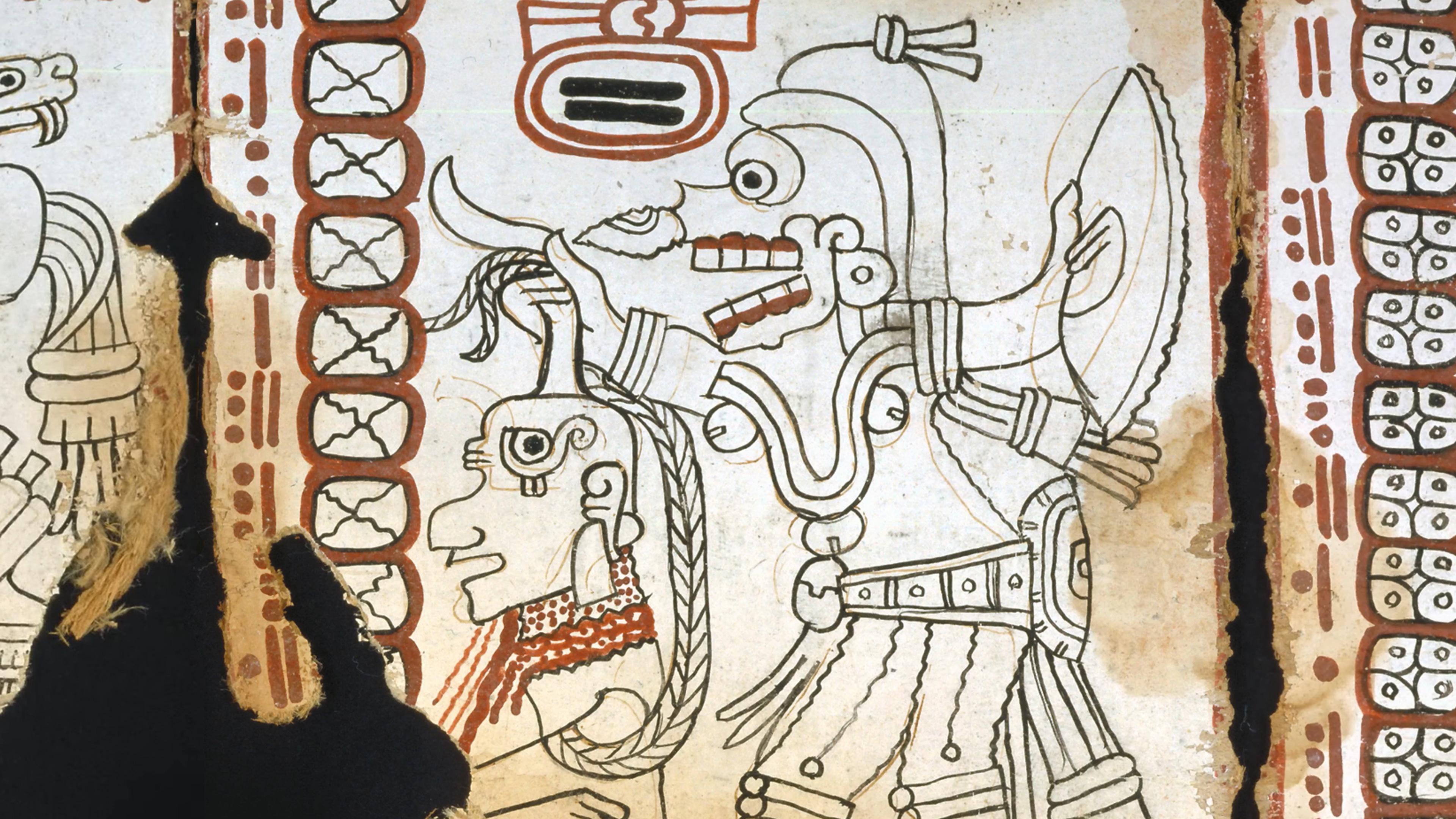
videoHistory of technology
The Americas’ oldest book is an intricate work of Maya astronomy
9 minutes

videoAstronomy
Visualisations explore what the deep future holds for our night sky
6 minutes

essayArt
In the glow of the candle
Joseph Wright of Derby put science at the centre of his art. Eclipsed in his lifetime, his work still burns with radical ideas
Charlotte Mullins

essaySpace exploration
Have they been here?
When we look for extraterrestrials, we often peer into the depths of space. But alien life might be closer than you think
Ravi Kopparapu & Jacob Haqq Misra

essaySpace exploration
How the Moon became a place
For most of history, the Moon was regarded as a mysterious and powerful object. Then scientists made it into a destination
Danny Robb

videoAstronomy
The remarkable innovations inspired by our need to know the night sky
5 minutes

videoPhysics
To change the way you see the Moon, view it from the Sun’s perspective
5 minutes

essayCosmology
Stars behaving absurdly
For centuries, the only way in which to illuminate the mysteries of black holes was through the power of mathematics
Steve Nadis & Shing-Tung Yau

videoPhysics
What does it look like to hunt for dark matter? Scenes from one frontier in the search
7 minutes

videoPhysics
Imagining spacetime as a visible grid is an extraordinary journey into the unseen
12 minutes

essayHistory of science
His radiant formula
Stephen Hawking’s greatest legacy – a simple little equation now 50 years old – revealed a shocking aspect of black holes
Roger Highfield

videoPhysics
The abyss at the edge of human understanding – a voyage into a black hole
4 minutes
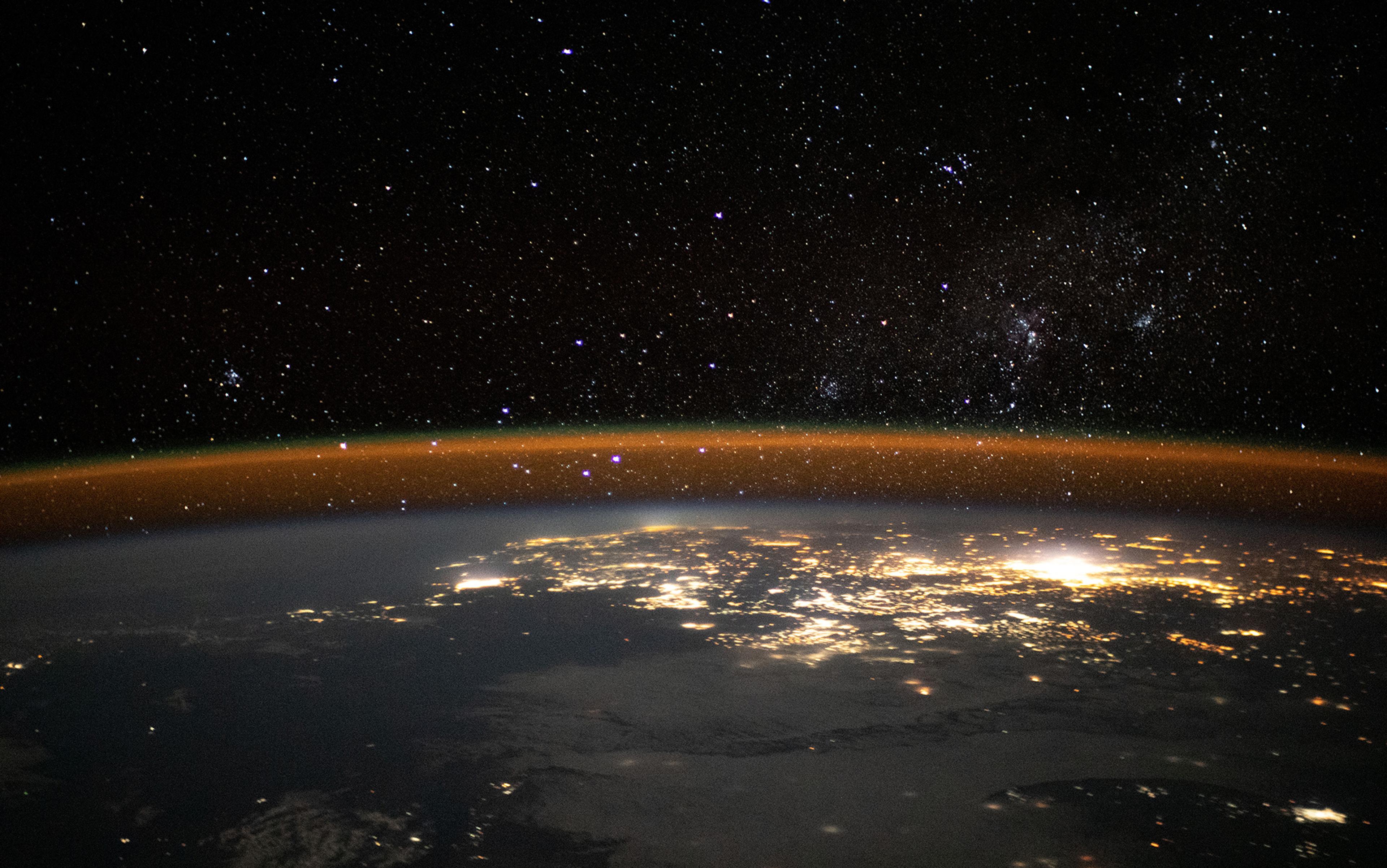
essayAstronomy
Alien life is no joke
Not long ago the search for extraterrestrials was considered laughable nonsense. Today, it’s serious and scientific
Adam Frank
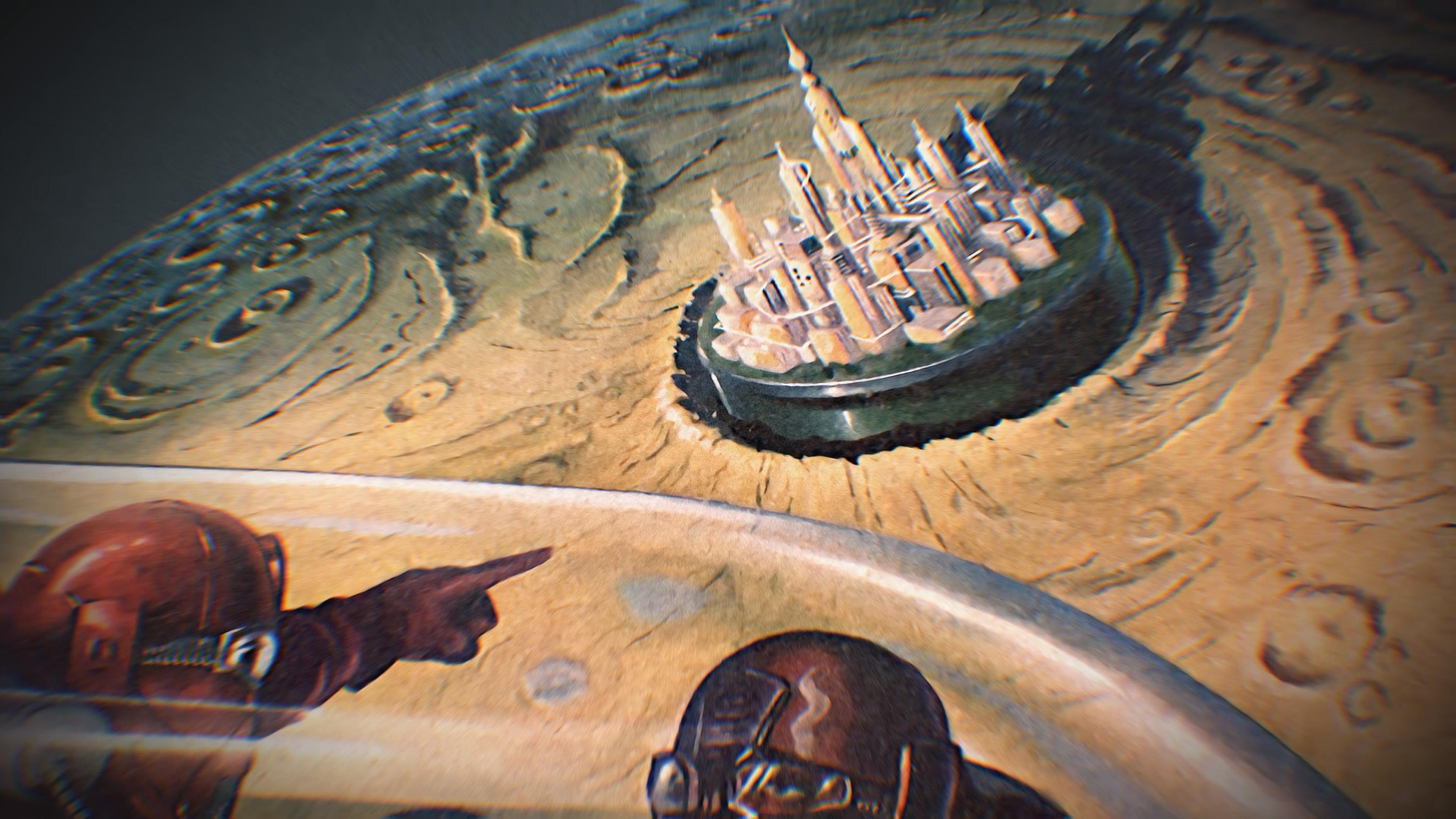
videoAstronomy
The history of astronomy is a history of conjuring intelligent life where it isn’t
34 minutes
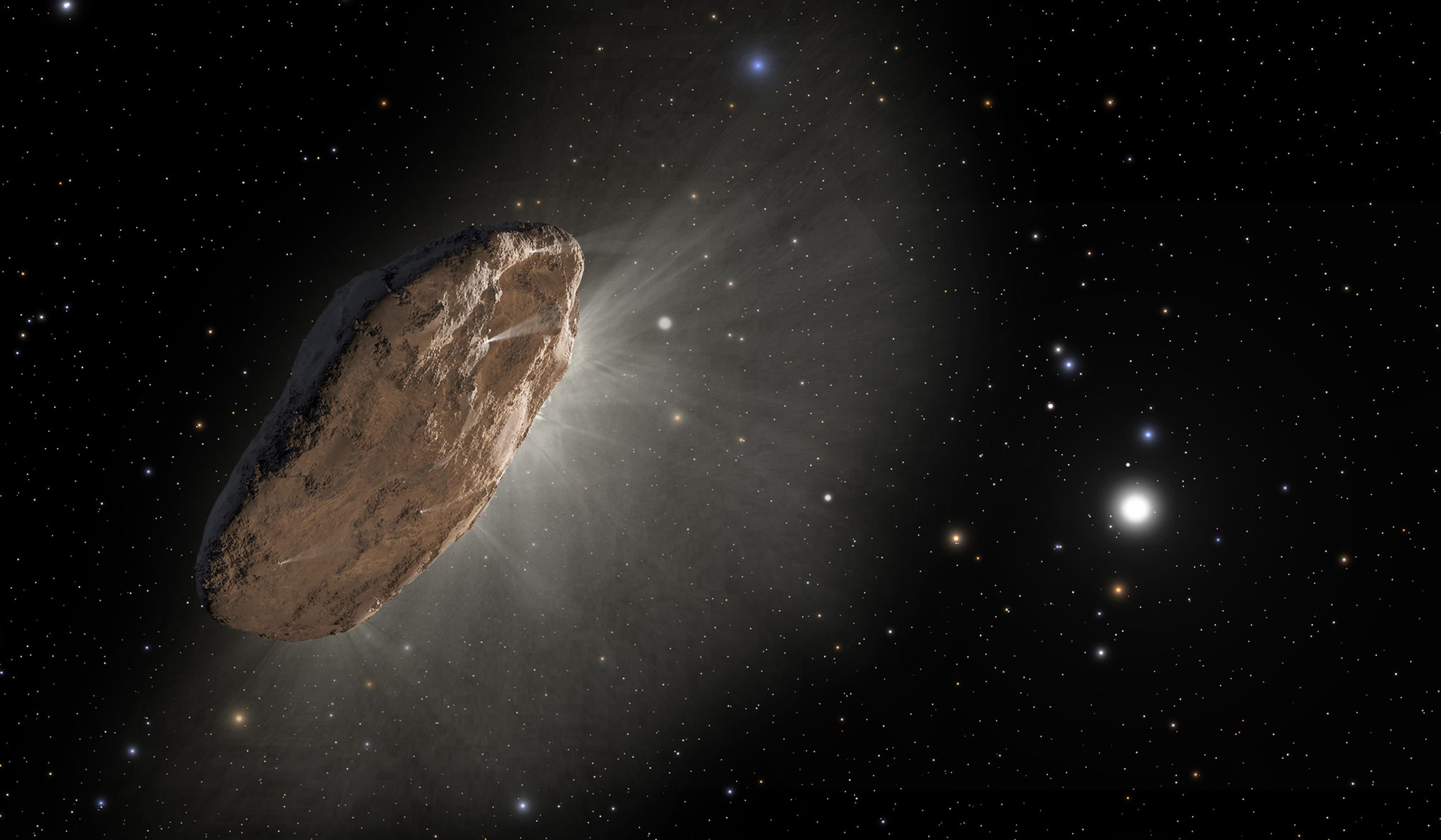
videoAstronomy
Seven years later, what can we make of our first confirmed interstellar visitor?
59 minutes
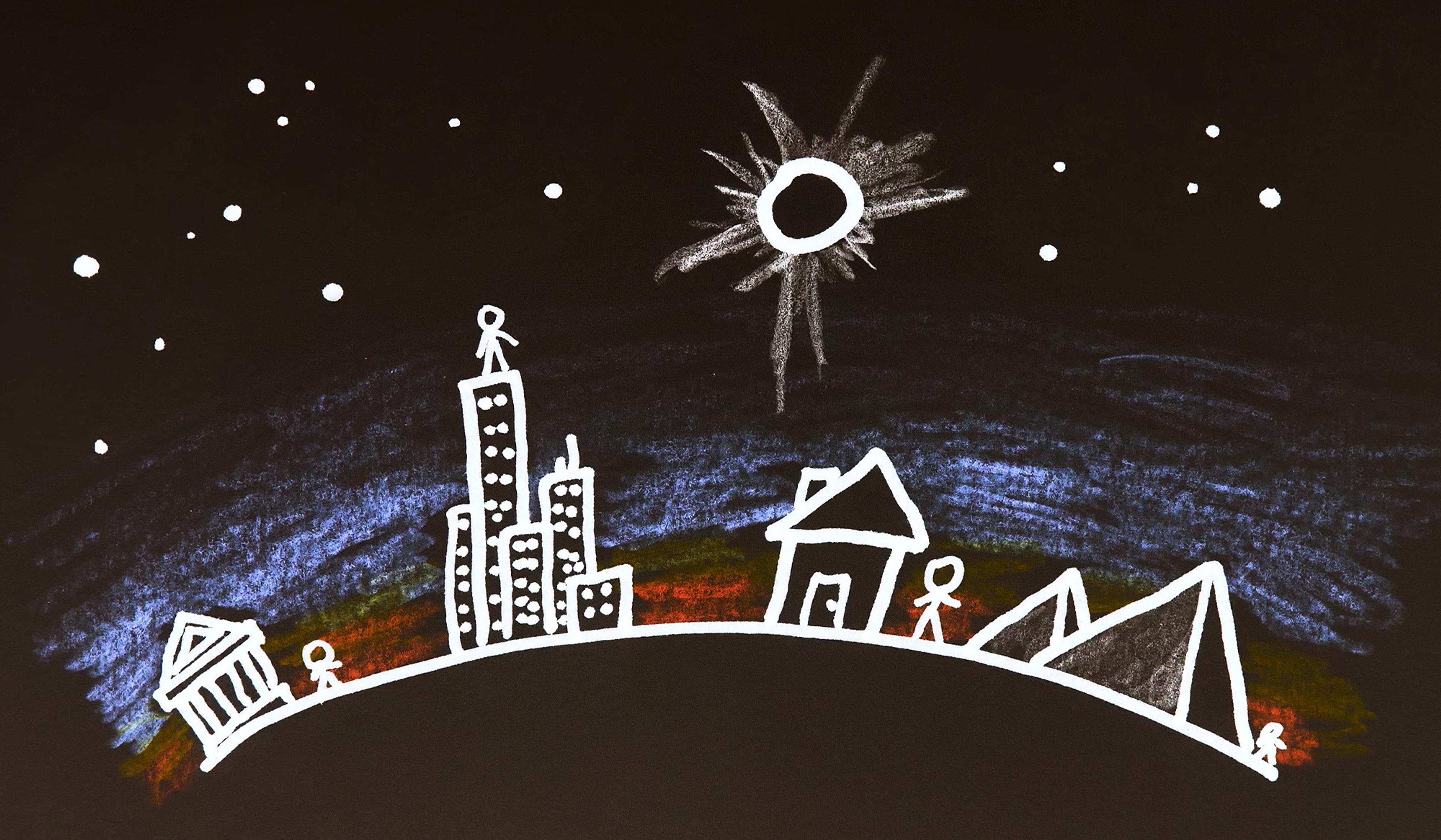
videoPhysics
Why the golden age of total solar eclipses is already behind us
5 minutes
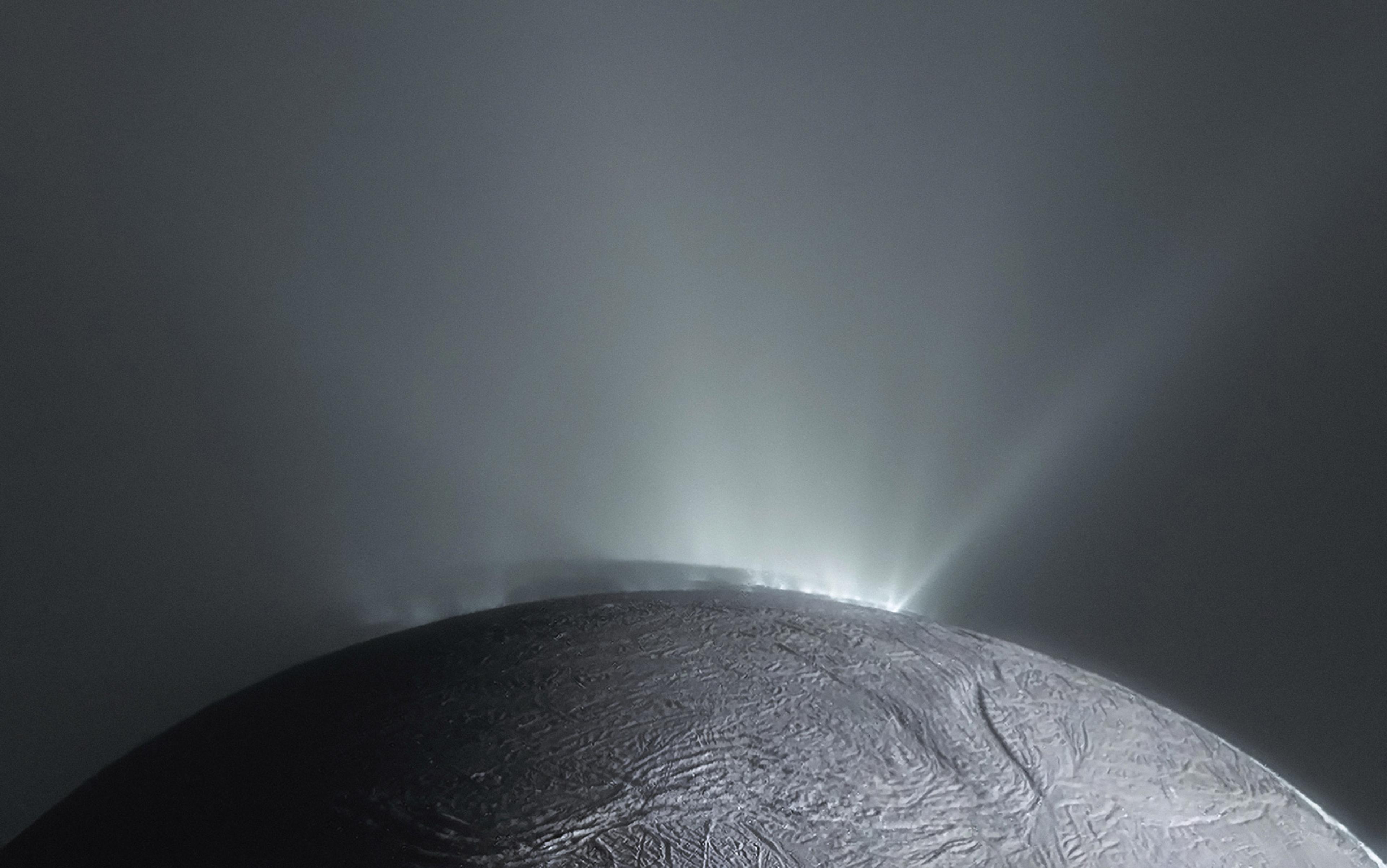
essayAstronomy
Panspermia
It’s possible that frozen worlds with subterranean oceans are incubators of organic life. But then how did life get here?
Balazs Bradak

essaySpace exploration
Uncertain contact
The detection of alien life won’t be obvious. It’ll be partial and inconclusive: a perfect task for the scientific method
Jaime Green
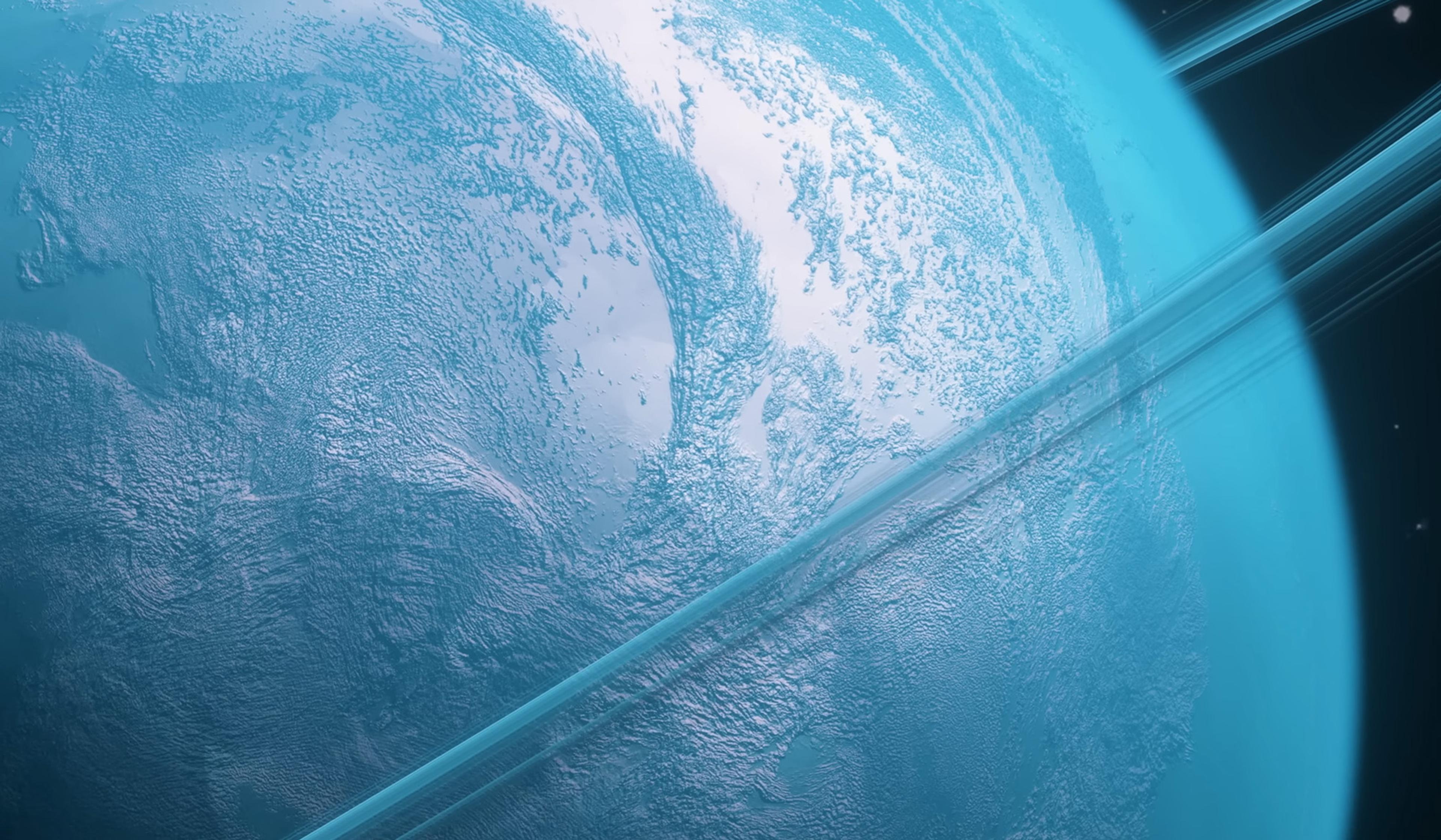
videoSpace exploration
In the search for life, might alien ocean worlds be a better bet than Earth-like planets?
5 minutes
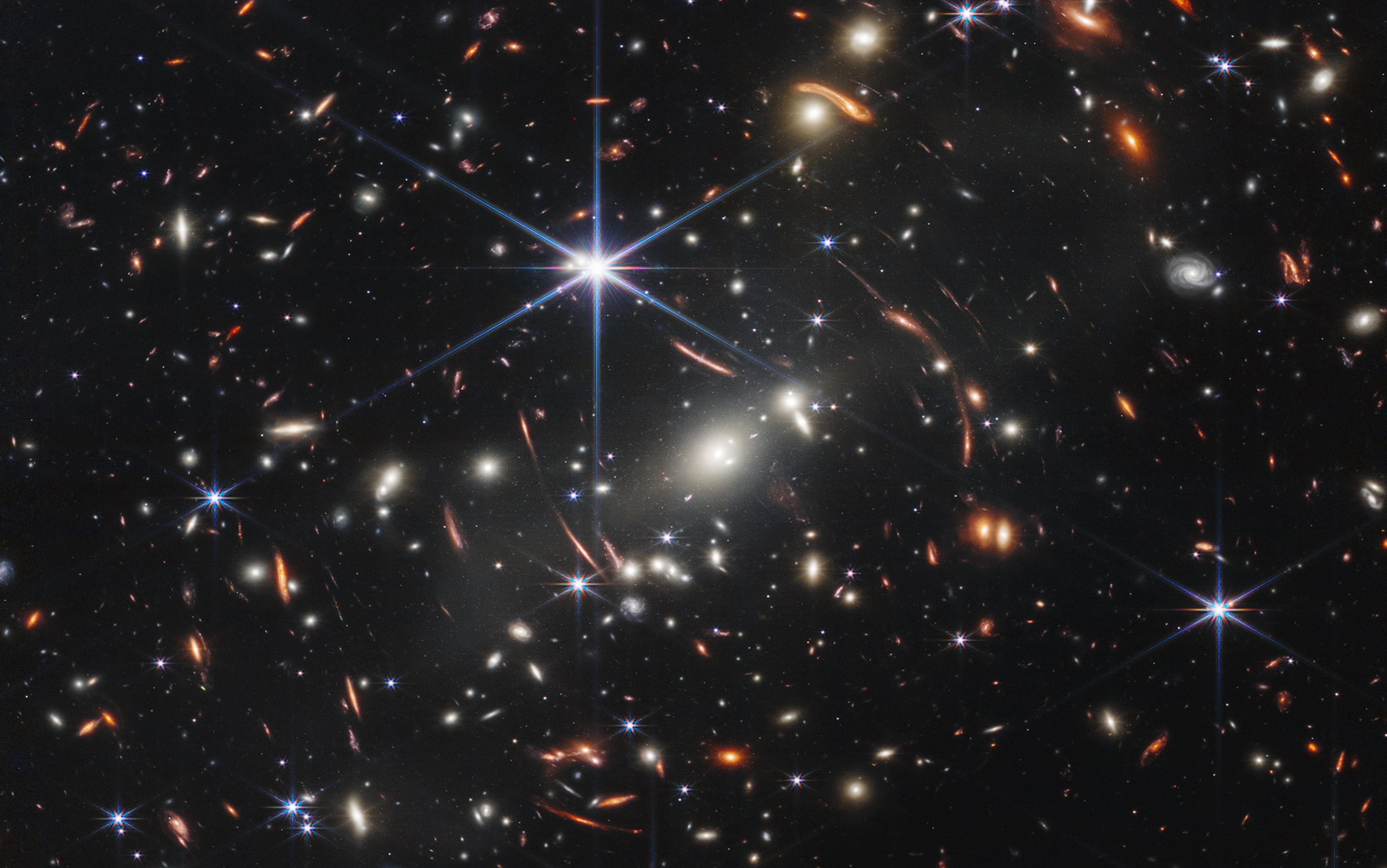
essaySpace exploration
Cosmic vision
By showing us a new cosmos, the discoveries of the James Webb Space Telescope will ripple through our moral universe
Claire Isabel Webb
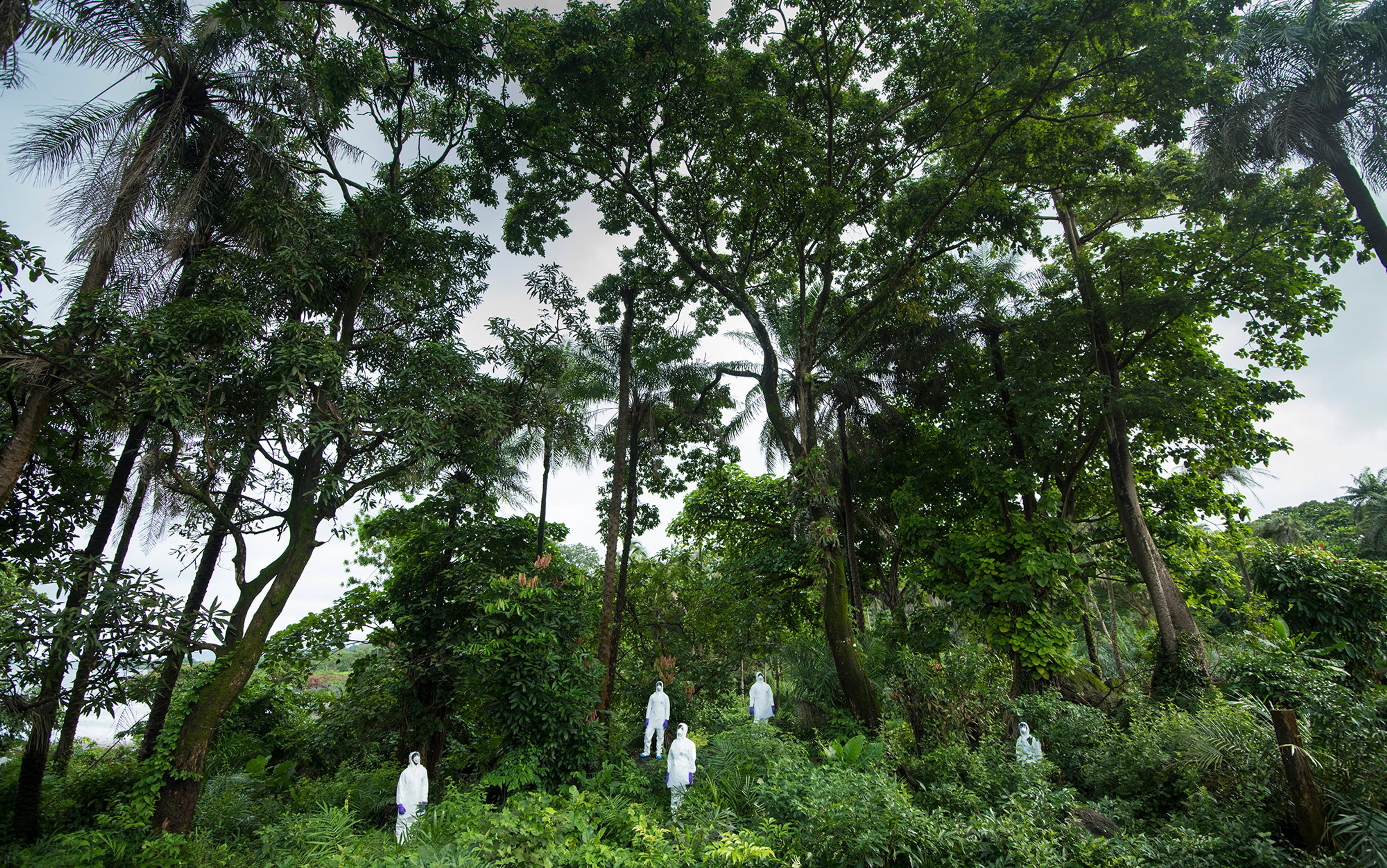
essaySpace exploration
There’s no planet B
The scientific evidence is clear: the only celestial body that can support us is the one we evolved with. Here’s why
Arwen E Nicholson & Raphaëlle D Haywood
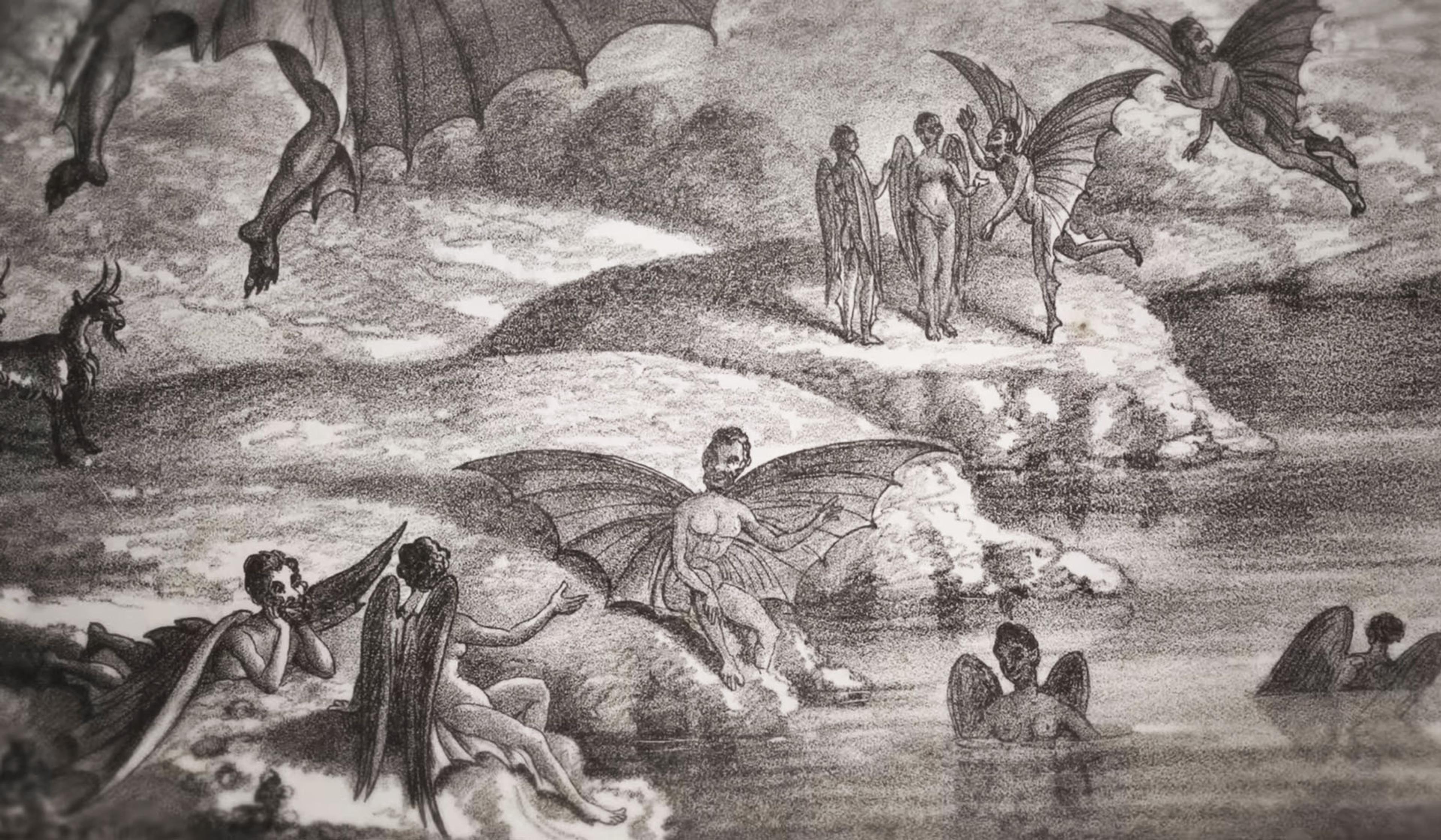
videoHistory of science
Bat-people on the Moon – what a famed 1835 hoax reveals about misinformation today
8 minutes